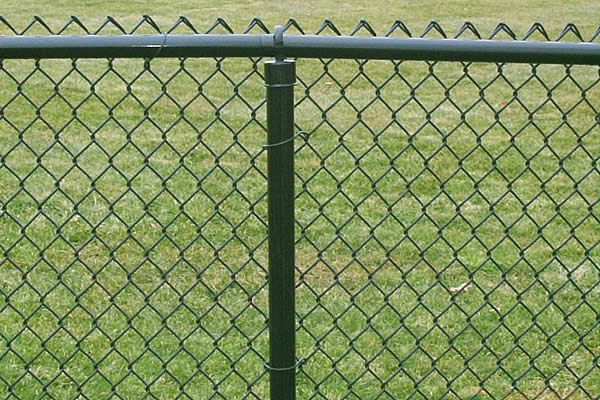 TEL:
+86-13102802206
TEL:
+86-13102802206
 Email:
fencenetting@china.com
Email:
fencenetting@china.com
 Language
Language
 TEL:
+86-13102802206
TEL:
+86-13102802206
 Email:
fencenetting@china.com
Email:
fencenetting@china.com
 Language
Language


Fixing Barbed Wire Fence A Step-by-Step Guide
Barbed wire fences have been a common sight in rural areas for decades, serving as effective barriers for livestock and property. However, over time, these fences can suffer from wear and damage due to environmental factors, animal interference, or general neglect. Repairing a barbed wire fence is not only an important maintenance task but also an opportunity to ensure the safety and security of your property. In this article, we will explore the steps involved in fixing a barbed wire fence.
Materials Required
Before beginning the repair process, gather the necessary materials and tools
1. Barbed Wire Make sure to use the same gauge and type for a consistent look and strength. 2. Fence Posts Depending on the extent of the damage, you may need to replace one or more posts. 3. Wire Cutters To cut the old or damaged wire. 4. Fence Stretchers Essential for keeping the wire taut. 5. Pliers To twist and secure the wire. 6. Gloves To protect your hands from the sharp barbs. 7. Insulators (if applicable) For electric fences, you may need new insulators to ensure connectivity. 8. Post-hole Digger If you need to replace any posts.
Step-by-Step Repair Process
1. Assess the Damage
Begin by walking along the fence line to identify areas of damage. Look for loose wires, broken posts, and any sections that have been pulled away from the ground. Take note of the specific repairs needed, as this will inform the materials you require.
2. Gather Your Materials
Once you have assessed the damage, gather all the necessary tools and materials listed above. Ensure that you have enough barbed wire to replace any sections that are beyond repair.
Using wire cutters, carefully cut away any sections of barbed wire that are broken or too loose to repair. Be extremely cautious while handling the wire, as the barbs can cause injury. Remove any staples or clips that may be securing the wire to the posts.

4. Inspect and Replace Fence Posts
Examine the condition of the fence posts. If any posts are rotten, broken, or otherwise compromised, they should be replaced. Use a post-hole digger to remove the old post and dig a new hole. Place the new post in the hole, ensuring it is vertical, and fill it with soil or concrete for stability.
5. Attach New Barbed Wire
Begin by attaching one end of the new barbed wire to a sturdy post using pliers to twist the wire tightly. Stretch the wire using a fence stretcher to ensure it remains taut along the length of the fence. Secure the other end to the adjacent post in the same manner.
6. Secure the Wire
After installing the new sections, make sure to secure the wire properly. Use wire clips or staples to fasten the wire to the posts every few feet to prevent sagging. Remember to check the tension, as the wire needs to be tight enough to deter animals but not so tight that it risks breaking.
7. Inspect and Test the Fence
Once all repairs are complete, walk along the fence line to ensure that everything is secure and in good condition. If your fence is electrified, conduct a test to ensure proper functionality. This step is crucial to maintaining the effectiveness of the barrier.
8. Regular Maintenance
Finally, to prolong the life of your barbed wire fence, establish a routine maintenance schedule. Regularly inspect the fence for damage and address any issues before they become significant problems.
Conclusion
Fixing a barbed wire fence may seem daunting, but with the right tools and a systematic approach, it can be accomplished effectively. By taking the time to repair and maintain your fence, you're not just protecting your property — you're also investing in the safety of your livestock and the integrity of your land. Regular maintenance is key to ensuring that your barbed wire fence remains strong and functional for years to come.